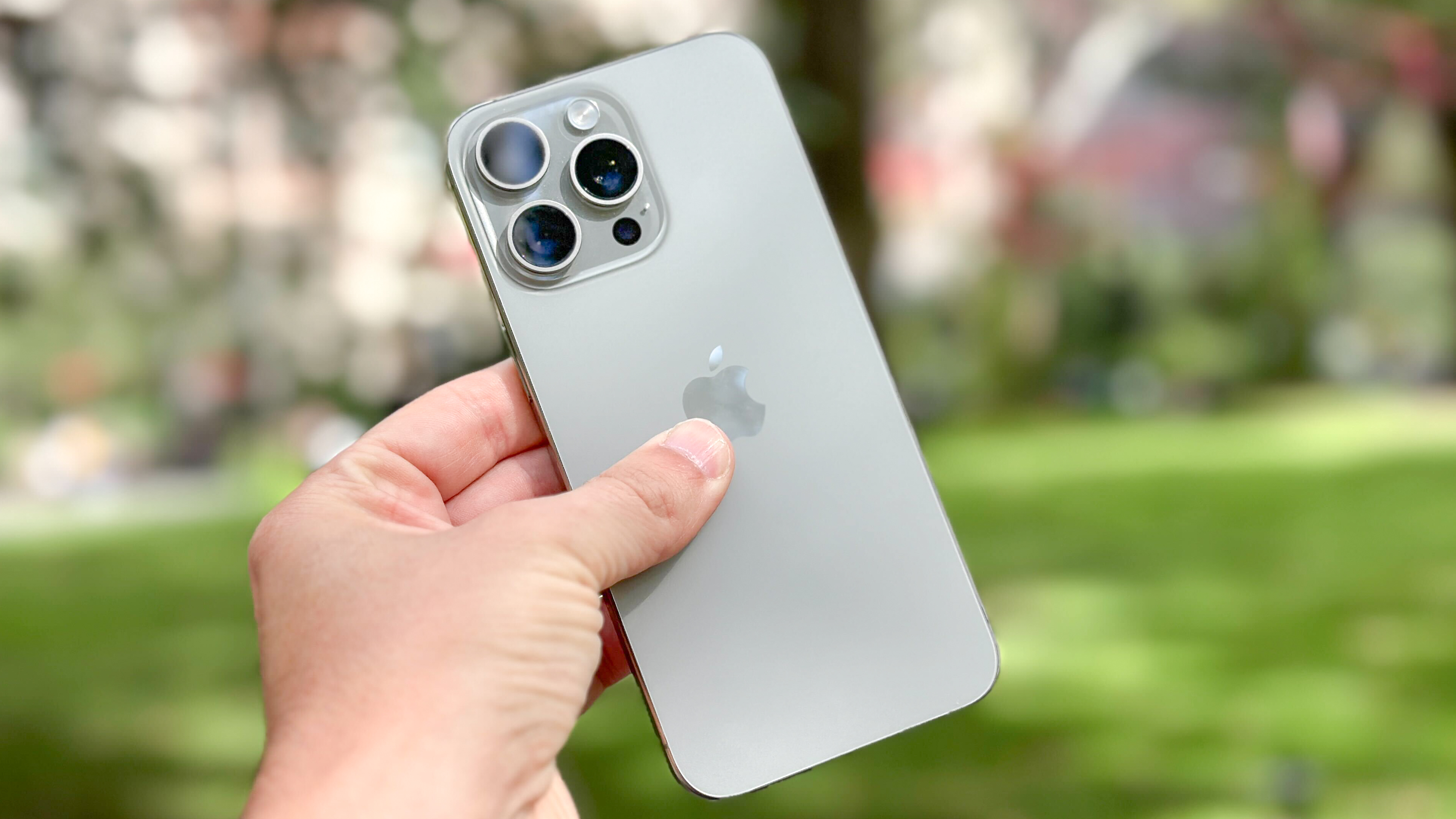
Apple’s upcoming iOS 17.4 update will give you easier-to-access information on how you’re using your battery on the best iPhones — and when you can expect it to start feeling the effects of overuse.
When iOS 17.4 is made available to all iPhone models, users will find a Cycle Count measure in Apple’s Battery Health menu. Cycle Count refers to the number of times the iPhone has used its battery capacity. The more cycles the iPhone goes through, the more likely it is to start losing capacity.
Apple unveiled its Cycle Count measure in the fall, alongside information on when the iPhone was manufactured and first put into use. However, Apple shared that information on the iOS General > About settings page. In iOS 17.4, Apple has moved all of that information to the Battery Health page to make it easier for users to see all of their battery data.
Cycle Count is a surprisingly important metric. As an iPhone faces more cycles, its battery capacity begins to decline. Apple’s iPhone 15 models are capable of maintaining 80 percent of their capacity after 1,000 cycles. Older models, including the iPhone 14 and older, hit the 80 percent capacity after just 500 cycles.
But as with anything in batteries, cycles, their impact, and how Apple measures them needs to be properly understood.
Apple’s metrics are based on what the company considers ideal conditions, including using the iPhone in a temperature range of 62 degrees Fahrenheit to 72 degrees Fahrenheit. Additionally, Apple’s batteries perform best when they’re not being charged in direct sunlight or in extended periods of time in temperatures higher than 95 degrees Fahrenheit. When the iPhone is stored for a longer period without use, Apple recommends storing it at 50% battery charge.
Of course, the average iPhone owner may not always meet that criteria in their daily iPhone use. It’s possible, therefore, that if they aren’t using their iPhones under ideal conditions, the number of cycles it’ll take to reduce battery capacity could be lower.
Whatever the case, Apple’s iPhone batteries have long been a subject of interest, with owners trying to hack their way to longer battery lives and an extended battery capacity. For its part, Apple has said its iPhones use both hardware and software features to extend battery life and capacity.
The iPhone 15 Pro Max (14 hours and 2 minutes) and iPhone 15 Plus (14:14) both make our list of the best phone battery life based on our testing, although they've been surpassed recently by Snapdragon 8 Gen 3-powered Android phones like the OnePlus 12, Galaxy S24 Plus and Galaxy S24 Ultra, which all lasted longer than 16 hours.
But if anything is clear, it’s that user behavior can often dictate how much battery life you get. So it’s perhaps no surprise users are hoping rumors about the iPhone 16 lineup featuring bigger batteries are true.
Apple is testing iOS 17.4 in beta now. It'll be available to all users in the coming weeks.







